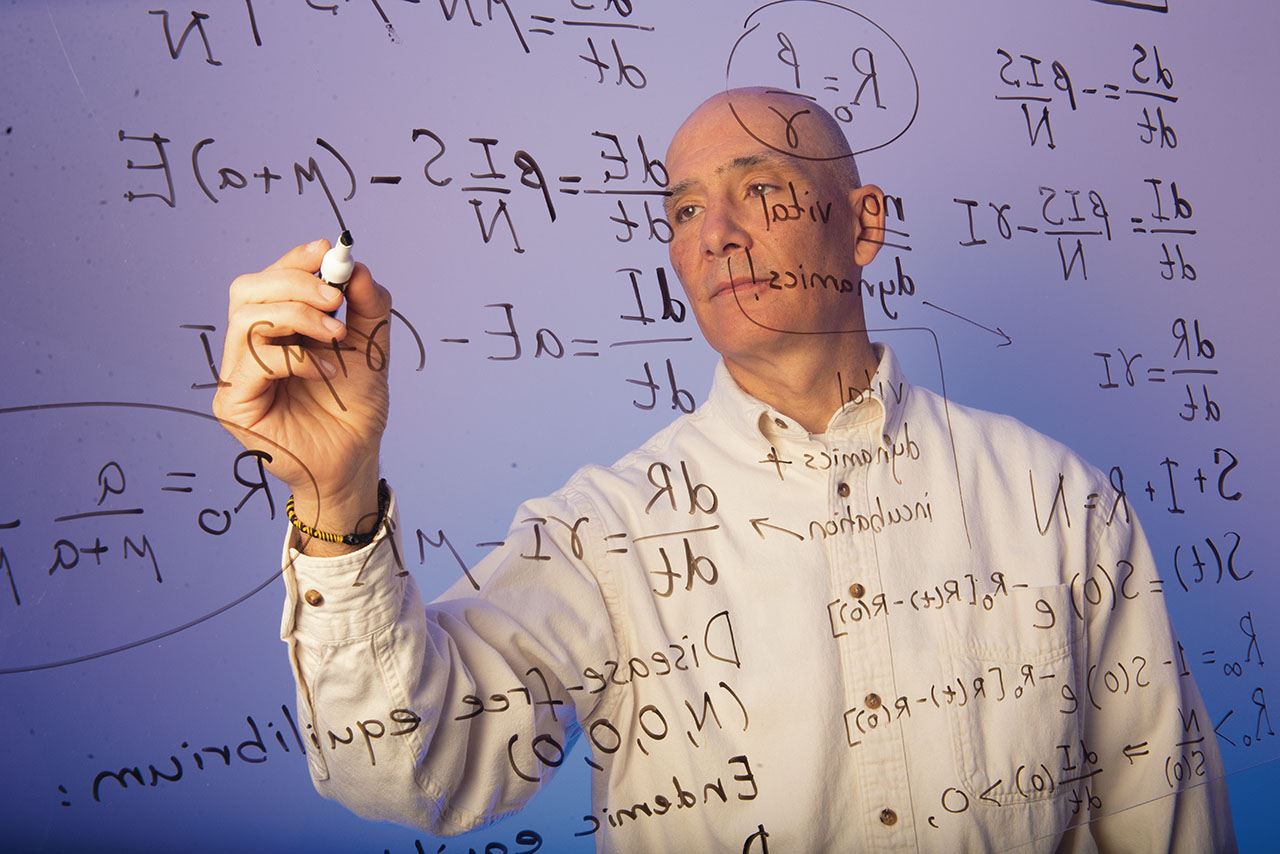A team of international scientists have created the ultimate model for predicting the spread of COVID-19.
“One of the greatest challenges in understanding the pandemic is creating real-time projections of the impact of public health policy,” said Illinois State University’s Director of the Center for Collaborative Studies in Mathematical Biology Olcay Akman, who spearheaded the study.
The new Multiresolution Modeling Framework goes beyond the biological make-up of the virus and looks to a holistic approach. The new predictive model includes factors such as location, population frailty and movement, pharmaceutical interventions, and participation in mitigation efforts.
“State policymakers react in different ways to safety measures such as lockdowns and face coverings,” said Akman. “We need to understand the entire picture to know how COVID will spread.”
We are talking about a model that works in real time to help create adaptive interventions.
Professor Olcay Akman
The study, appearing in the Bulletin of Mathematical Biology, is the culmination of research from scholars with the collaborative center and the Intercollegiate Biomathematics Alliance (IBA) that began in March of 2020. “We have been releasing disease factor focused studies on areas such as morbidity, mitigation, and infection spread behavior as new data becomes available,” said Akman. “From those, we have created one mega modeling approach that quickly captures the information contained in new data.”
The work of the IBA grabbed headlines in August of 2020 when Akman correctly predicted the morbidity rate of the virus. His numbers calculated 30,000 more deaths than the Center for Disease Control (CDC) forecasts. “It is not always a joy to be right,” said Akman. His new approach factored in possible spread from those who were asymptomatic, a step not taken in the general practice of modeling at the time. The expansion of factors influenced the studies guiding the creation of the Multiresolution Modeling Framework.
The new model can have an immediate impact, providing policy makers up-to-date predictions for their decisions. “We are talking about a model that works in real time to help create adaptive interventions,” said Akman, who hopes to see the model adopted nationally to assist in slowing the spread of COVID. “All of our efforts are connected, each a component to slowing or spreading the disease,” he said.

